In this article, we’ll cover the basics of AC and DC electricity. From what AC and DC are to how they work, this article will make sense of the confusing topic of electricity!
If you look on the plugs of your electrical devices you should find labels from the manufacturers which tell what the product is designed to handle. For example, this laptop charger tell us that for the device to work it needs an input of between 100 and 240 volts and 1.5 amps of AC or alternating current which is represented by this symbol here. The charger will then convert this an output of around 19.5 volts and 3.33 amps of DC or direct current which is represented by this symbol. AC or DC are different types of electricity. The plugs in your homes provide AC or alternating current.
In this type, the electrons do not flow in a continuous loop. Instead, they alternate between moving forwards and backwards just like the tide of the sea. Your electrical devices like laptops and mobiles phones will use DC electricity. In this type the electrons flow in one direction only, directly from one terminal to the other. You can think of this like the flow of water down a river. In most cases we transport electricity from a power station to the towns and cities using AC electricity because its easy to increase and decrease the voltage using transformers, and its also very efficient to transport electricity over long distances. Using this method, however there are a few high voltage DC transmission lines being used, but we won’t go too much into detail on those.
We mostly use DC direct current for the circuit boards of small electronic devices like laptops, mobile phones or TV’s. That’s because DC is easier to control and allow circuits to be smaller and more compact. Many appliances will use a combination of AC and DC. For example, a washing machine will use AC for the induction motor which is used to spin the tub with the clothing but the circuit board which controls the settings light the timers as well, as how fast the motor spins will use DC power.
We can convert AC to DC using a device known as a rectifier, this is extremely common in electronics. We can also convert DC to AC using an inverter and this is used for example with solar power systems.
We have covered power inverters in great detail previously, you can read that HERE.

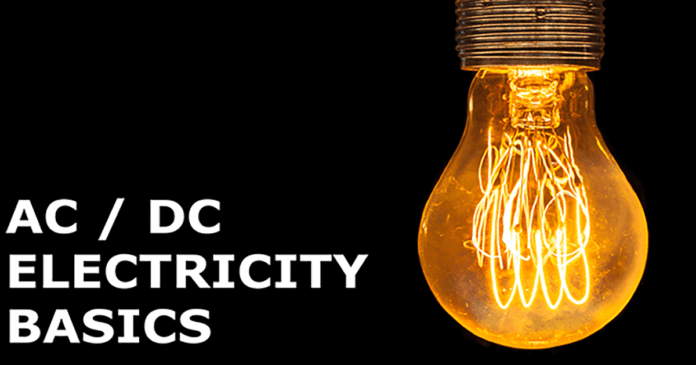

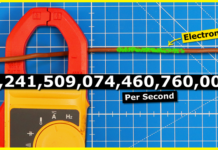

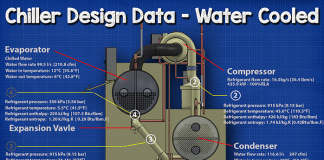
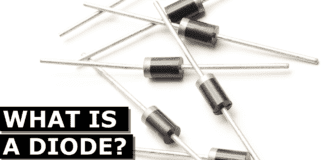

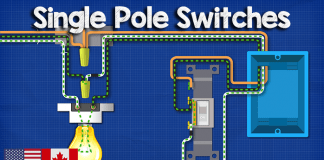

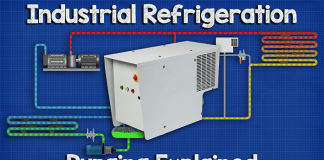








[…] It has some red and black DC terminals on the back end and on the front end we find some AC electrical outlets. That’s because there are two types of electricity there. There is AC and there is DC. An inverter is used to convert DC or direct current into AC Alternating Current. We can also convert AC into DC with the use of a rectifier but we’ll cover that in a separate article HERE. […]